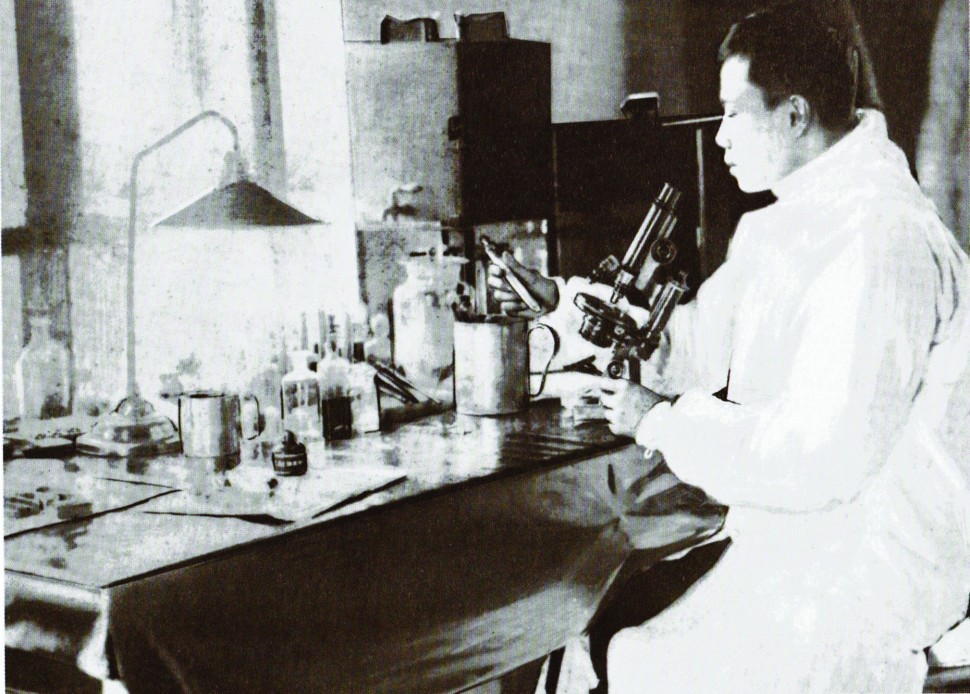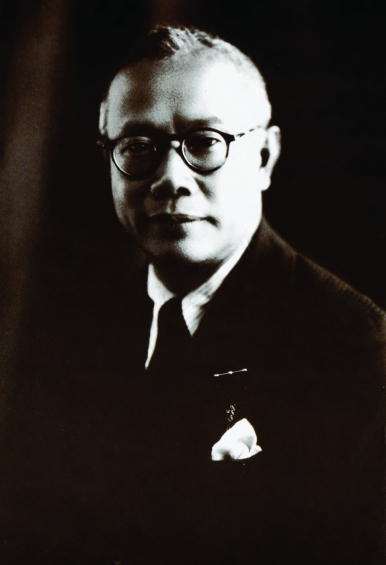A doctor and campaigner, he made inroads into the treatment of the pneumonic plague


Dr Wu Lien-Teh's brush with colonial Britain was a mixed bag. He had won a prestigious scholarship to study at Cambridge, but oddly, as his reputation for opposing the opium trade was growing, he was tried for possessing a small amount of the drug in his clinic, at a time when it was commonly used to treat patients.
The event in 1907 was a turning point for him. The young doctor who was then practising at his birthplace, Penang, turned his attention to China where he achieved some of his most notable work, only returning to Malaya 30 years later.
Modern Medicine Hero
In 1910, Northern Manchuria was the scene of an outbreak of plague, with death rates of almost 100 percent. Many medical staff were also succumbing to the disease. Wu, already established in China since 1908, was sent to the area and proved crucial in helping to stop the epidemic and pave the way for Western-style public health medicine in China.
He is credited for persuading the authorities to cremate the mounting number of corpses and for getting permission to conduct autopsies. Both measures were unprecedented in China. He was also commended by various sources for devising an excellent sanitary service to prevent a repeat of the disaster.
“The burning of the dead, which, though not unheard of in Chinese annals, still conjures up in the native mind all that is repulsive and contrary to natural feelings, yet once decided upon by the Government, was accepted by the people without complaint or hindrance,” he later told delegates at the International Plague Conference in the Manchurian city of Mukden (now Shenyang in Liaoning Province, China) in April 1911.
Wu chaired the important conference, the first international scientific conference held in China, firmly establishing Chinese scientists as members of the international scientific community. Later, the North Manchurian Plague Prevention Service was set up with Wu as its director. Wu was also appointed the first director of China's National Quarantine Service.
With his legacy and achievements firmly in place, Wu was nominated for the Nobel Prize for Medicine in 1935. He was the first ethnic Chinese to receive such a nomination but did not win. By 1937, as Japan was advancing on China, Wu returned to Malaya as it was then known, to practise medicine, this time in the northern town of Ipoh, where he treated the poor for free.
Early Years

Born in 1879 on Penang island, to first and second generation Chinese immigrants, it became clear from early on that Wu had immense talent. He went to Penang Free School, one of Malaya's earliest schools, and won a competitive scholarship to go to Emmanuel College at Cambridge University where he excelled, winning several awards in the process.
Wu was the first ethnic Chinese to graduate in medicine from Cambridge.
According to his obituary in the British Medical Journal, Emmanuel College gave him a research studentship at the School of Tropical Medicine in Liverpool under Sir Ronald Ross. He also had stints researching malaria and tetanus at the Pasteur Institute in Paris. He was a resident at Brompton hospital before returning to Malaya in 1903 to join the Institute of Medical Research in Kuala Lumpur.
Wu wrote many research papers, which appeared in respected journals such as the Lancet. His work was not limited to medical issues but included wider concerns. In particular, he was greatly concerned by the scourge of opium addiction, which was affecting large numbers of his ethnic Chinese brethren.
Wu gave generously to institutions of learning, donating money, books and works of art he collected while in China. He also had a sense of the importance of his own work, setting down his life's work in an autobiography published in 1959 titled Plague Fighter: The Autobiography of A Modern Chinese Physician. Wu died a year later in Penang at the age of 81.





